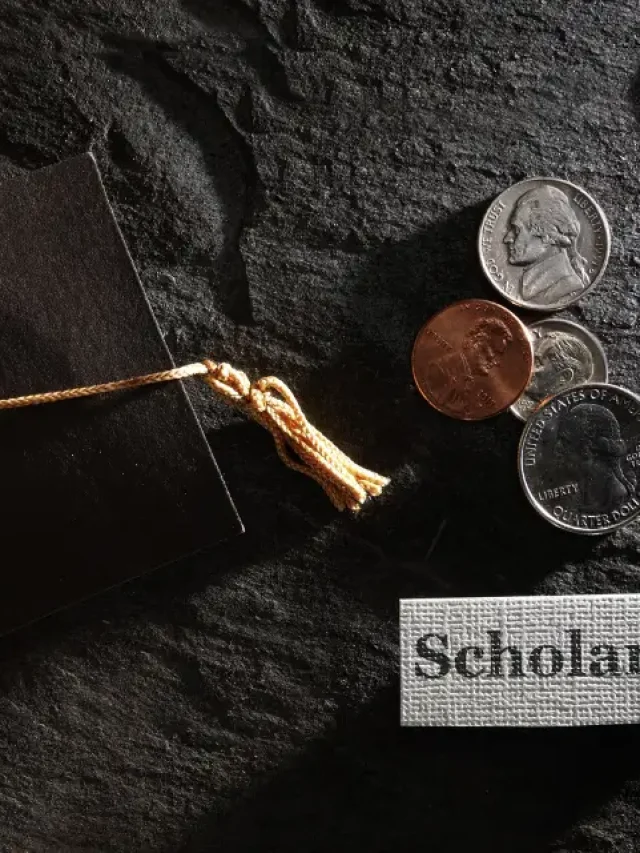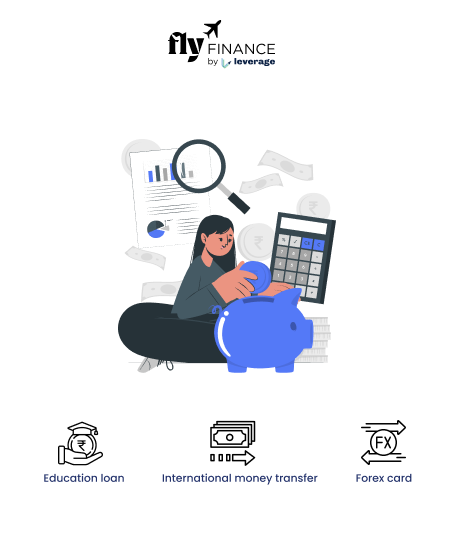In the evolving global trade landscape, financial mechanisms facilitate smoother transactions and foster stronger economic ties between countries. One such major arrangement is the Rupee Drawing Arrangement (RDA). In this system, the banks establish tie-ups with NRE (non-resident Exchange Houses) companies which are financial institutions licensed and regulated by the appropriate authority in the sending country to source funds from remitters. Read on to check all the information on the Rupee Drawing Arrangement and its importance.
Table of contents
What is the Rupee Drawing Arrangement (RDA)?
The Rupee Drawing Arrangement is a framework established between the Reserve Bank of India (RBI) and the central banks of other countries to facilitate bilateral trade and foreign remittances in Indian Rupees (INR).
It allows Indian importers to make payments for their imports in rupees, while exporters from the partner country can receive the payment in their local currency or in rupees, depending on the agreed terms.
Also Read: Check here all about the Liberalised Remittance Scheme of RBI
Who are NRE (Non-Resident Exchange Houses)?
Non-resident Exchange Houses are financial institutions or entities located outside India that facilitate the transfer of funds across borders. These Exchange Houses handle remittances, currency exchange, and other financial transactions for individuals and businesses, helping to move money from one country to another. They play an important role in enabling non-resident Indians (NRIs) to send money back to India.
Importance of RDA
RDA is designed to enhance trade relations between India and other countries by providing a simplified payment mechanism that reduces the dependency on foreign currencies like the US Dollar. This is particularly beneficial for countries with significant trade imbalances or foreign exchange constraints. Check more details below:
- By using the local currencies of the trading countries, RDA helps mitigate the exchange rate risk that businesses face in international trade.
- This arrangement provides more stability and predictability in transaction costs.
- For countries with a significant diaspora in India, RDA offers an efficient way to facilitate remittances.
- It allows non-resident Indians (NRIs) to send money home in a cost-effective manner.
How Does the Rupee Drawing Arrangement Work?
Under the RDA, the RBI and the central bank of the partner country designate banks that will act as correspondents to facilitate trade and remittance transactions. These banks enter into agreements to handle the rupee accounts and ensure smooth fund transfers.
The correspondent banks in both countries open special INR accounts. Indian importers make payments to these accounts in rupees. The correspondent bank in the partner country then transfers the equivalent amount in the local currency to the exporter.
- The exchange rate used in these transactions is pre-determined and agreed upon by the correspondent banks
- This rate is usually aligned with the prevailing market rates to bring fairness to the trade process
- The entire process is closely monitored by the RBI and the respective central bank to ensure compliance with international trade regulations and prevent any misuse of the arrangement for money laundering or other illegal activities
Also Read: Check out the FAQs on the Restructuring 2.0 Scheme of RBI
Types of Remittances Under RDA
Cross-border inward remittances into India under the RDA are primarily for private accounts. Both the remitter and the beneficiary should be individuals, with a few exceptions. Remittances through Exchange Houses for financing trade transactions are also allowed up to a certain limit. This scheme does not facilitate cross-border outward remittances from India. Also, cash disbursement of remittances is not allowed under the RDA. The remittances must be credited directly to the beneficiary’s bank account.
Impact of RDA on International Trade
The Rupee Drawing Arrangement has had a significant positive impact on international trade for India and its partner countries. By simplifying the payment process, RDA has encouraged more businesses to engage in cross-border trade, leading to increased trade volumes. Check other major importance of Rupee Drawing Arrangement below:
- The arrangement fosters stronger economic relationships between India and its partner countries, paving the way for future collaborations and investments.
- SMEs, which often face difficulties in managing currency exchange risks, benefit greatly from RDA, as it provides them with a more predictable and stable trading environment.
- The Rupee Drawing Arrangement is a strategic financial mechanism that not only facilitates smoother bilateral trade and remittances but also contributes to the broader objective of economic cooperation and stability.
This was all the major information on the Rupee Drawing Arrangement of the RBI. By reducing dependency on convertible currencies and mitigating exchange rate risks, RDA empowers businesses to explore new markets and strengthens economic ties between India and its partner countries. Check some common FAQs on Rupee Drawing Arrangement below:
FAQs
The Rupee Drawing Arrangement (RDA) is a framework established between the Reserve Bank of India (RBI) and the central banks of other countries to facilitate bilateral trade and remittances in Indian Rupees (INR). It allows Indian importers to make payments in rupees, while exporters from the partner country can receive payments in their local currency or rupees, based on the agreed terms.
Under the RDA, the RBI and the central bank of the partner country designate correspondent banks to handle trade and remittance transactions. These banks open special INR accounts to facilitate fund transfers. Indian importers make payments in rupees to these accounts, and the equivalent amount in the local currency is transferred to the exporter. The exchange rate used is pre-determined and aligned with market rates.
Non-resident Exchange Houses (NRE) are financial institutions located outside India that facilitate cross-border fund transfers. These entities handle remittances, currency exchange, and other financial transactions, helping non-resident Indians (NRIs) send money back to India.
Under the RDA, cross-border inward remittances into India are primarily for private accounts. Both the remitter and the beneficiary should be individuals, with some exceptions. Remittances through Exchange Houses for financing trade transactions are also permitted up to a certain limit.
The RDA enhances trade relations by simplifying payment mechanisms and reducing dependency on foreign currencies like the US Dollar. It mitigates exchange rate risks, provides stability in transaction costs, and facilitates remittances efficiently.
To know more about education loans, the best bank accounts for students, forex and banking experience for global students or international money transfers, reach out to our experts at 1800572126 to help ease your study abroad experience.
Follow Us on Social Media





























